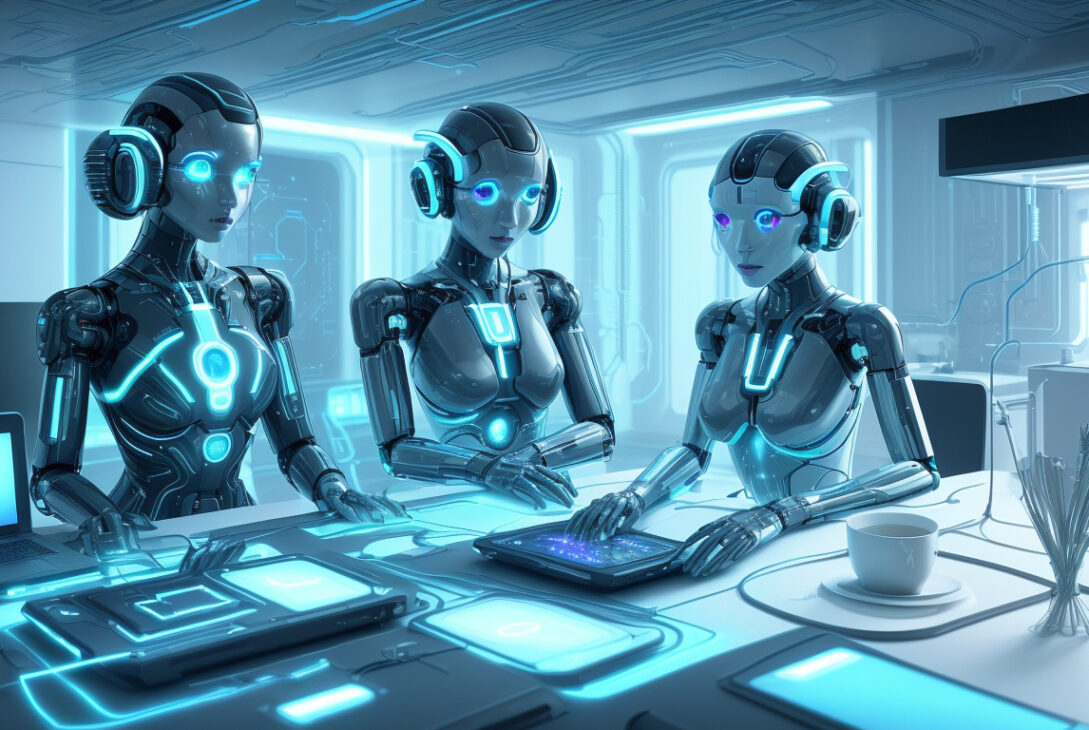Is AI a “Normal Technology”? Insights from O’Reilly
In the ongoing global conversation about artificial intelligence (AI), a prevalent narrative frames AI as an unprecedented, almost revolutionary force poised to trigger a singularity—a moment of fundamental, rapid, and irreversible change surpassing all previous technological and societal transformations. However, Tim O’Reilly, a well-known technology thinker and entrepreneur, challenges this view in his recent essay and discussion, drawing on the work of computer science professor Arvind Narayanan and researcher Sayash Kapoor.
Their perspective recasts AI not as a phenomenon fundamentally different from past technology revolutions but rather as a “normal technology” that follows established patterns of invention, adoption, diffusion, and adaptation. This detailed framework sheds light on how AI’s impact might unfold over time, influenced by social, economic, and infrastructural factors beyond mere technical innovation.
The Concept of “Normal Technology”
Arvind Narayanan, a Princeton professor deeply engaged in exploring AI’s societal and policy implications, explains the notion of “normal technology” during a recent conversation with O’Reilly. According to Narayanan, the pace of AI’s technical advancement differs fundamentally from the pace at which it is adopted by users and organizations. Adoption is limited not by technical capacity but by human behavioral changes, new business models, and organizational adaptations across various industries—not only the AI companies themselves.
Narayanan outlines a four-stage framework describing technology adoption:
- Invention: Improvements in core AI model capabilities.
- Product Development: Translating these capabilities into practical, reliable products. This stage is still evolving, especially for technologies like large language models (LLMs), which struggle with consistency and predictability expected by users.
- Diffusion: Early users experiment with use cases, workflows, and risk management to incorporate AI tools effectively.
- Adaptation: The slowest phase, requiring individual, organizational, industrial, and regulatory changes to fully integrate AI technologies.
O’Reilly and Narayanan emphasize that this pattern reflects what happened with previous transformative technologies—like electrification—which initially offered limited benefits until infrastructure and business models evolved to leverage the new capabilities fully.
Drawing Parallels With Past Revolutions
The historical example of electrification is illustrative: the early industrial revolution heavily relied on coal and steam for power. Early attempts to electrify factories produced marginal gains until the innovation of distributed electrical power allowed for specialization and more efficient manufacturing processes. This shift exemplifies how infrastructure and new workflows must develop before broad technological revolutions take hold.
Similarly, AI’s evolution will involve redefining software’s role and function. Rather than simply replacing programmers, AI is expected to expand software customization capabilities. As Narayanan describes, future enterprise software might no longer be a one-size-fits-all product but rather individualized solutions generated on-demand based on specific client or even individual needs. This conceptual shift may take decades, underscoring that the timeline of AI’s impact aligns more with adoption and adaptation cycles than raw capability improvements.
Physical and Behavioral Constraints
O’Reilly highlights the importance of physical infrastructure in technology adoption, reflecting on lessons from the automobile revolution, which required years of development in roads, fuel distribution, and vehicle technology. Today, AI faces bottlenecks related to GPU availability, data center construction, and energy consumption—elements that take time and investment to scale.
However, Narayanan’s primary focus lies on behavioral constraints. He cites the challenge of incorporating “reasoning models” in AI products that, while promising, remain inaccessible or underutilized by many users. For instance, Sam Altman, CEO of OpenAI, noted that less than 1% of ChatGPT’s free tier users engaged with some advanced AI features, indicating that adoption is as much a matter of user behavior and feature discoverability as it is of technical readiness.
Implications for Investors, Entrepreneurs, and Policymakers
This “normal technology” lens offers a valuable tool for decision-makers navigating the AI landscape. By framing AI within familiar technology adoption dynamics, it encourages patience, careful integration, and attention to systemic factors influencing change rather than chasing hype-driven expectations of rapid, radical transformation.
Investors and entrepreneurs oriented toward sustainable growth may focus on frameworks enabling gradual adaptation and integration rather than speculative, singularity-focused gambles. Policymakers can better anticipate the need for legal and social evolutions aligned with the adoption timeline of AI technologies.
Looking Ahead
O’Reilly plans to explore these themes further in upcoming events, including the AI Codecon scheduled for September 9, which will delve into AI’s role in software development for what he calls the “Agentic World.” Understanding AI as a “normal technology” helps frame these discussions within a pragmatic view of technological progress, underlining that while AI’s potential is transformational, its journey is bounded by enduring social and economic realities.
Summary:
Tim O’Reilly and Arvind Narayanan argue that AI should be viewed as a “normal technology,” meaning it follows historical patterns of invention, product development, diffusion, and adaptation shaped by human behavior and infrastructure. This contrasts with singularity-driven narratives and suggests AI adoption will unfold gradually over decades, much like past transformative technologies such as electrification and the automobile. Understanding this framework helps investors, entrepreneurs, and policymakers set realistic expectations and strategies around AI’s ongoing integration into society.










